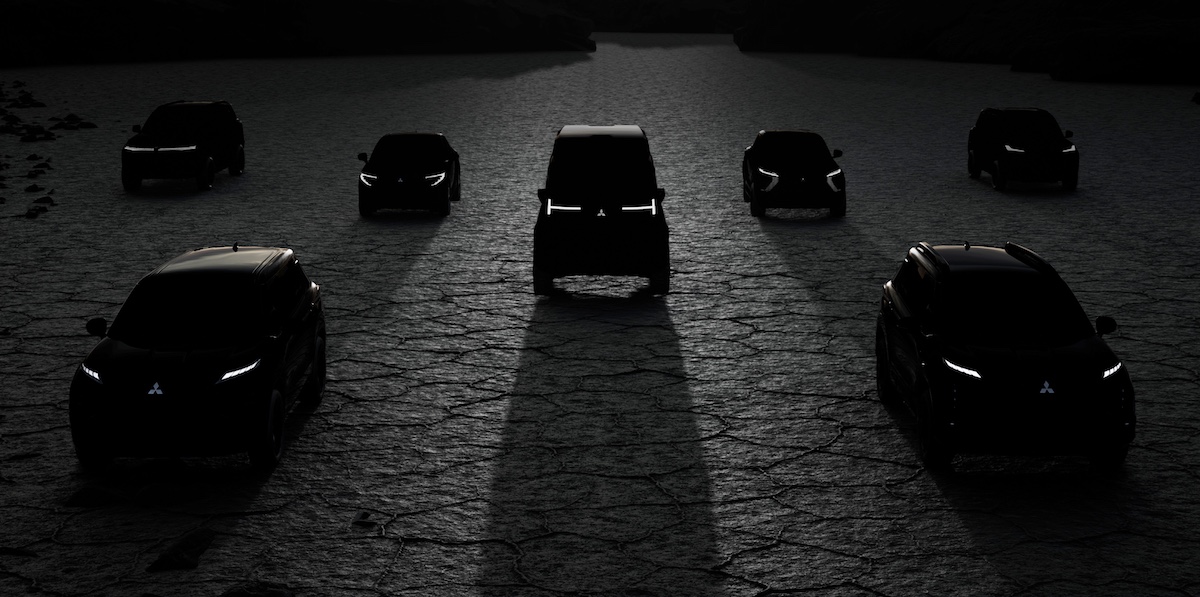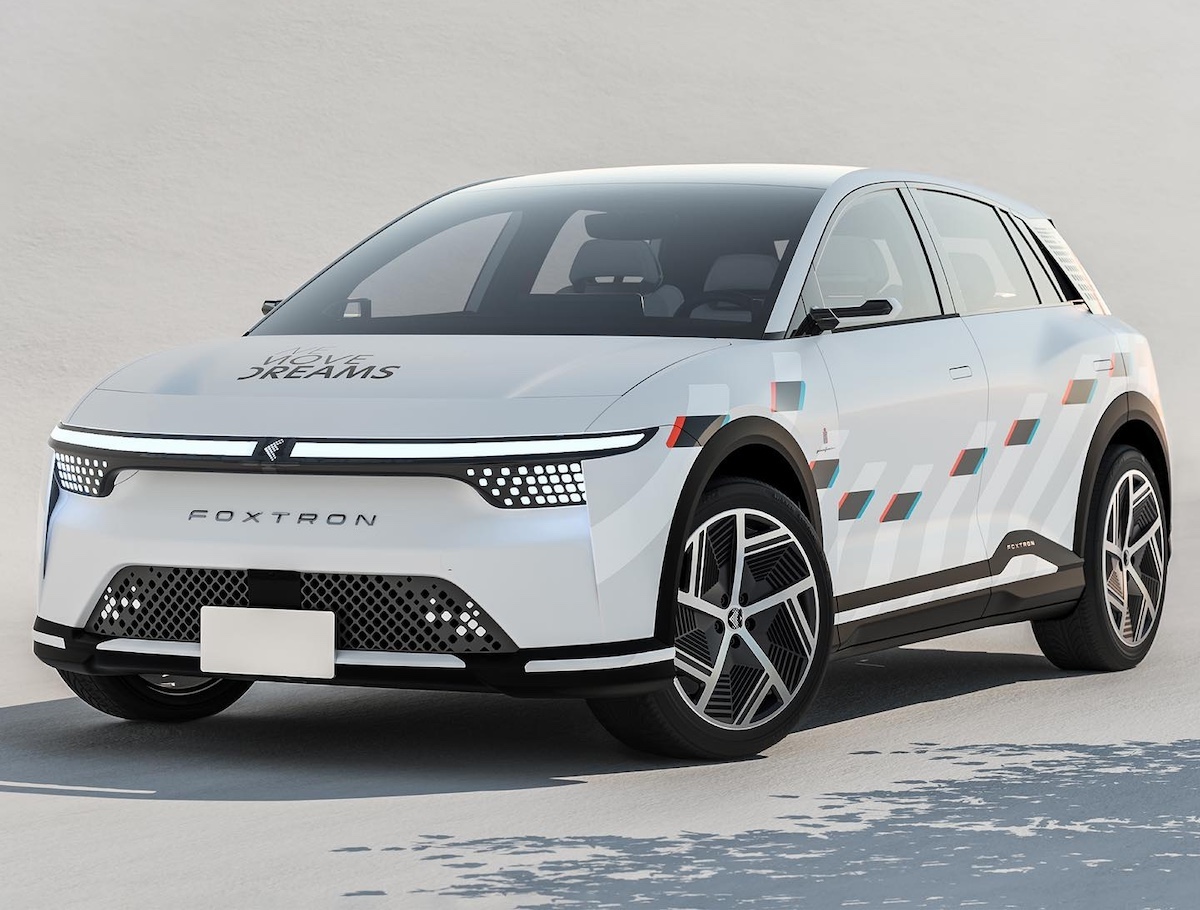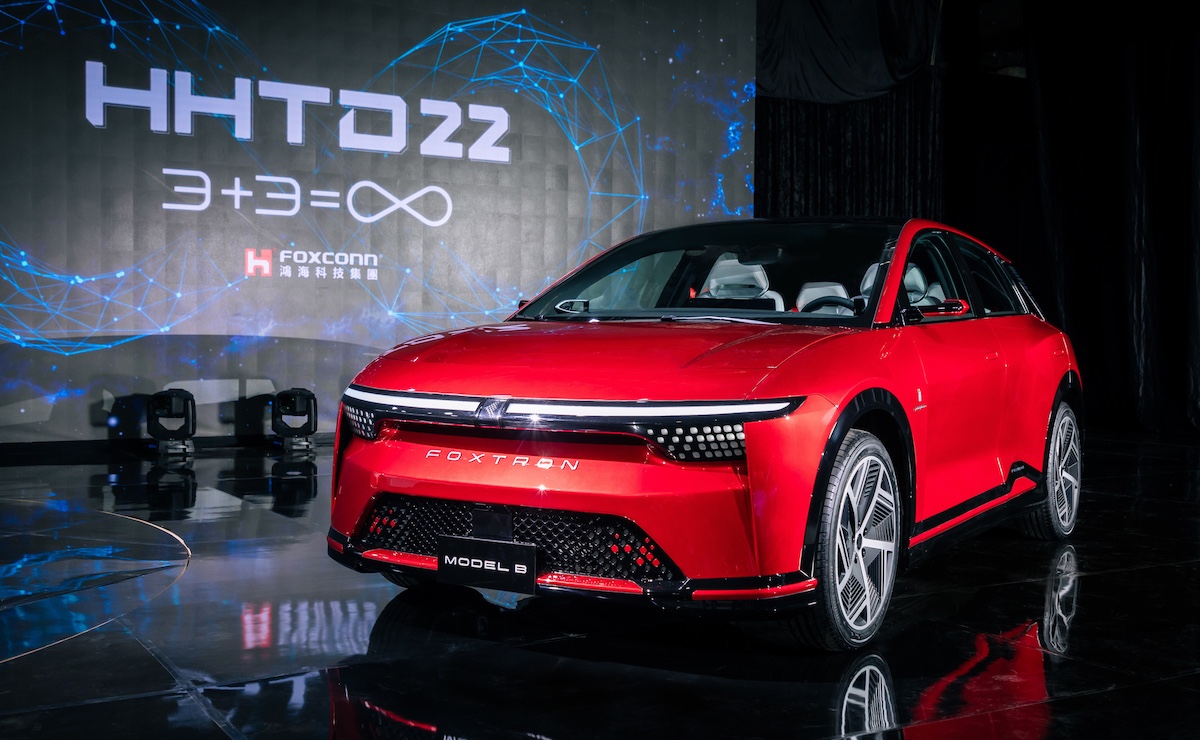Mitsubishi Motors stated that Foxtron’s EV solution not only offers excellent driving performance but also features an advanced infotainment system, making it highly compatible with the digital and connected vehicle expectations of consumers in Australia and New Zealand.
This partnership also embodies the “sharing, collaboration, and mutual prosperity” philosophy championed by Foxconn Chairman Young Liu. By leveraging the open architecture and modular components of the MIH platform, Foxtron significantly shortens vehicle development timelines while helping partners reduce costs and risks—an especially valuable advantage for Mitsubishi as it seeks to accelerate its EV transformation during a transitional period.

On the other hand, Mitsubishi has recently been making increasingly aggressive moves toward electrification. In addition to upgrading the Outlander PHEV, the company plans to expand hybrid powertrains to popular models such as the Xpander and Xforce. Partnering with Foxtron can be seen as a strategic step toward diversifying its product lineup in the Oceania region, beyond its established presence in the Asian market.

This international collaboration holds strategic significance not only for Mitsubishi but also serves as a validation of Foxconn’s brand strength. Having evolved from a traditional contract assembler to a provider of full CDMS (Contract Design and Manufacturing Service) solutions covering design, platform development, and manufacturing management, Foxconn is clearly elevating its position within the EV value chain. Securing a role within the supply chain of a Japanese automaker also signifies that Foxconn’s product quality, R&D integration, and timeline control capabilities have earned recognition in a highly demanding market—laying the groundwork for further expansion into Europe and North America.

While the details of the vehicle to be launched in the second half of 2026 have yet to be announced, it is expected to be based on the Model B. This vehicle is likely to serve as the spearhead of Mitsubishi’s electrification strategy in Oceania. For Foxtron, this represents a valuable opportunity for brand exposure and market validation. Should the model succeed and gain consumer approval, expansion into other emerging markets such as ASEAN, India, and even Africa would be well within reach. For Taiwan’s industry, this is a rare chance to gain visibility on the global automotive stage.
.jpg)
Most importantly, this collaboration reaffirms that in the EV era, the competition is no longer just among automakers—it is a contest of technology and manufacturing power. Foxconn, with its tech industry pedigree, is now poised to challenge the traditional rules and structure of the automotive supply chain.